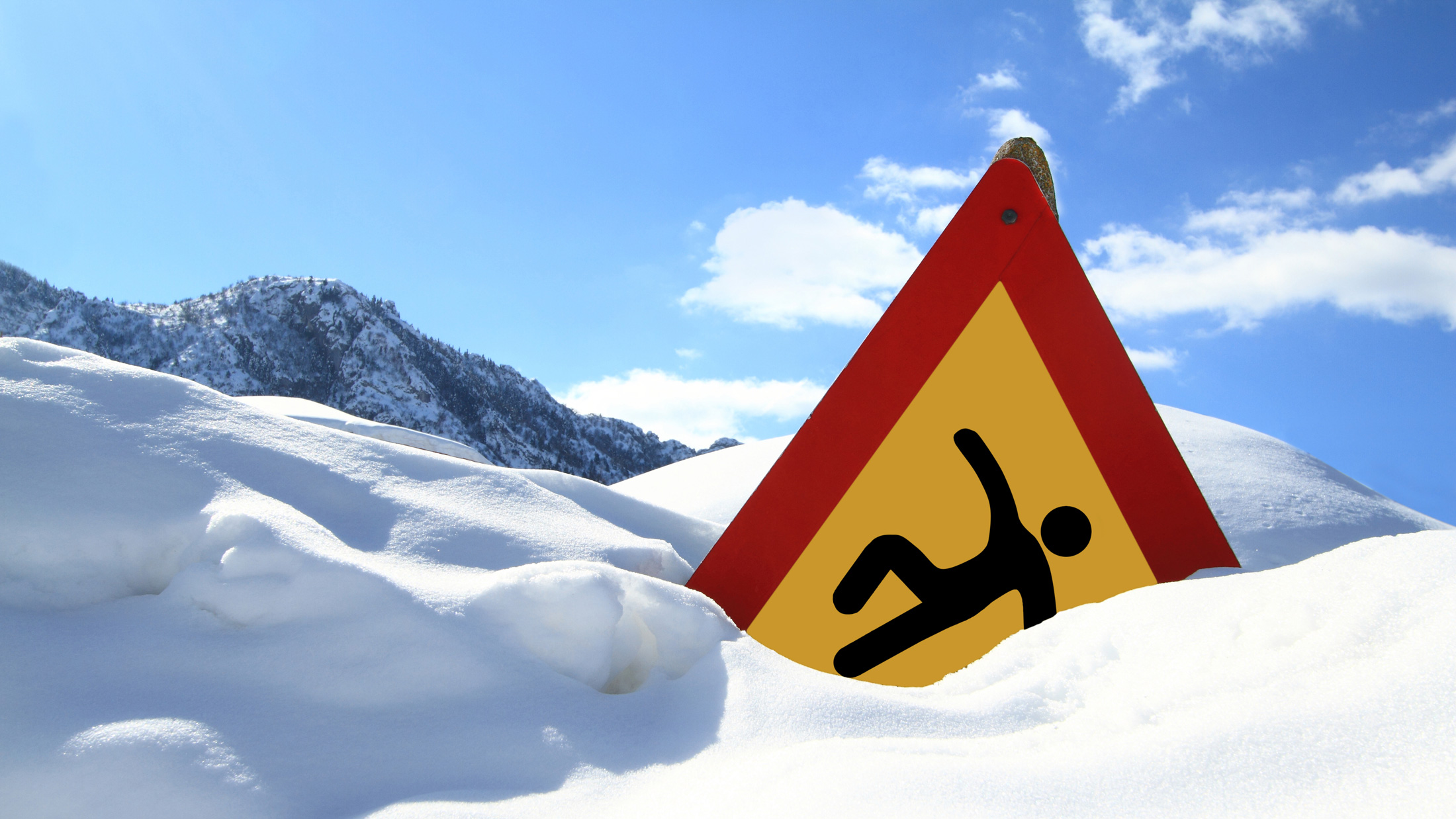Send your question to Umbra!
Q. Is there anything new in deicing products as we enter the winter season? May I humbly suggest it may be time for an update to avoid a rash of broken bones?
Bill C.
Annandale, Va.
A. Dearest Bill,
Suggest an update? Why, of course you may. Though, believe it or not, there haven’t been many earth-shattering technological breakthroughs in the field of residential ice management in the past few years. But with this winter shaping up to be such a cold and snowy one for much of the U.S., now is indeed a good time for us all to brush up on eco-friendly deicing.
When you say “deicing product,” what likely springs to mind for many is rock salt. Good old sodium chloride is the traditional choice for helping clear roads and sidewalks because it’s cheap and effective — indeed, we dump around 15 million tons of the stuff countrywide each year. But as you may know, rock salt comes with a shovelful of undesirable side effects: It washes into our soils and waterways, hurting plants, salting our rivers and streams, harming aquatic life, corroding cars and highway infrastructure, and, to add insult to injury, irritating our pets’ paws.
There are better alternatives to this salty mess. But because pretty much anything we sprinkle on our sidewalks and driveways has some degree of environmental impact, we’re better off thinking in terms of deicing techniques, not simply deicing products. Our best anti-slipping strategy boils down to two key principles, which I have rhymed for your mnemonic pleasure: Choose best, use less.
Sand — applied as a traction aid, not so much as an ice melter — isn’t a great bet because it can wash into local waterways, causing erosion and clogging creeks and storm drains with sediment. Nor should we turn to urea compounds, which contain high levels of nitrogen that can create oxygen-starved “dead zones” in lakes and bays.
So what should we use? The University of Michigan’s Salt Use Improvement Team names calcium magnesium acetate (CMA) as the best choice for the planet, as it has low toxicity to plants and microbes. But it’s expensive, and you have to use twice as much of it to be effective (and it can still reduce oxygen levels in local waters). Calcium chloride is next on the list, as it’s friendlier to vegetation than rock salt and has the bonus of working in much colder temperatures, but it costs three times as much. Magnesium chloride similarly beats NaCl, environmentally speaking, and is somewhat cheaper than calcium chloride. You should be able to find commercial deicers starring these compounds at your neighborhood hardware store or online.
One more promising natural alternative? Beet juice. Cities and towns have been using this carbohydrate-rich byproduct of sugar manufacturing for a few years now to make their salt compounds effective a lower temperatures and to help salts stick to roads, reducing the overall amount needed. More study into its ecological effects is warranted, but its impact seems to be minimal. Beet juice products (often mixed with ingredients like calcium chloride) are tough find for home use — but if you follow the second part of our anti-ice mantra, you probably don’t need it.
Your deicer of choice is only half the story; we can do just as much good by using these products efficiently and sparingly. I hope you’re ready for a bracing workout, Bill, because the very best way to make that happen is to dust off the snow shovel and get to manually clearing the way as soon as possible after a storm. Deicers work best on shoveled walks (and probably won’t work at all on top of a few inches of snow), so it’s well worth the time and effort. (If you’re unable to do this yourself, you can always hire a hardy neighbor kid to dig in for you.) If possible, shovel just one path to your house (instead of to every door you’ve got) to save time and deicer.
Once the way is clear, apply your deicer with a miserly touch. You only need enough to get the remaining snow and ice melting (check the product label for specific recommendations). Then — you guessed it — take that shovel in hand and scrape up any lingering bits of slush. Congrats: You’ve made your sidewalk safer while keeping environmental damage in check. And the bones you save may be your own!
Meltingly,
Umbra



